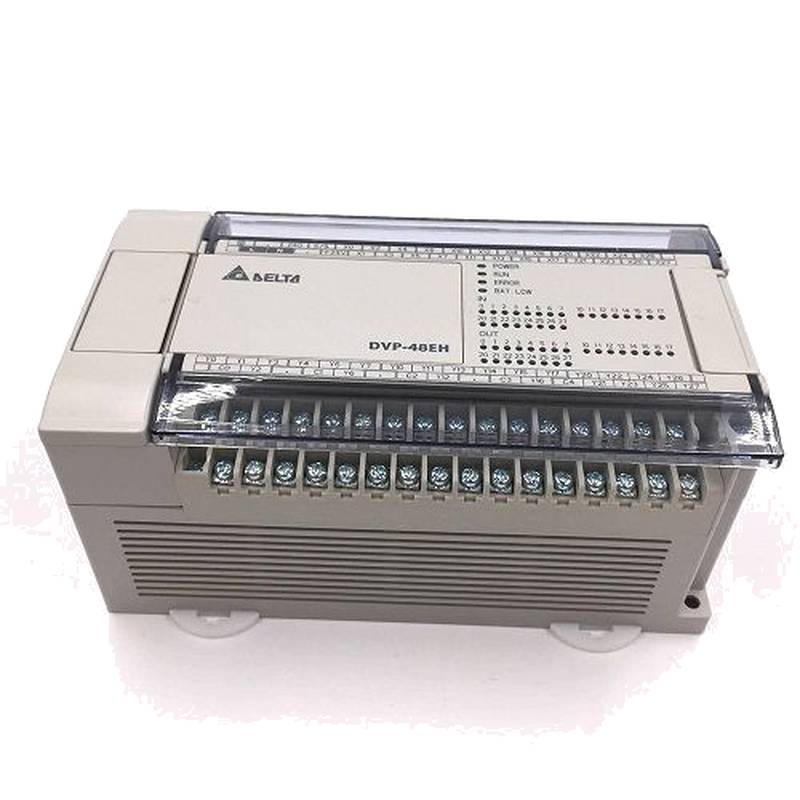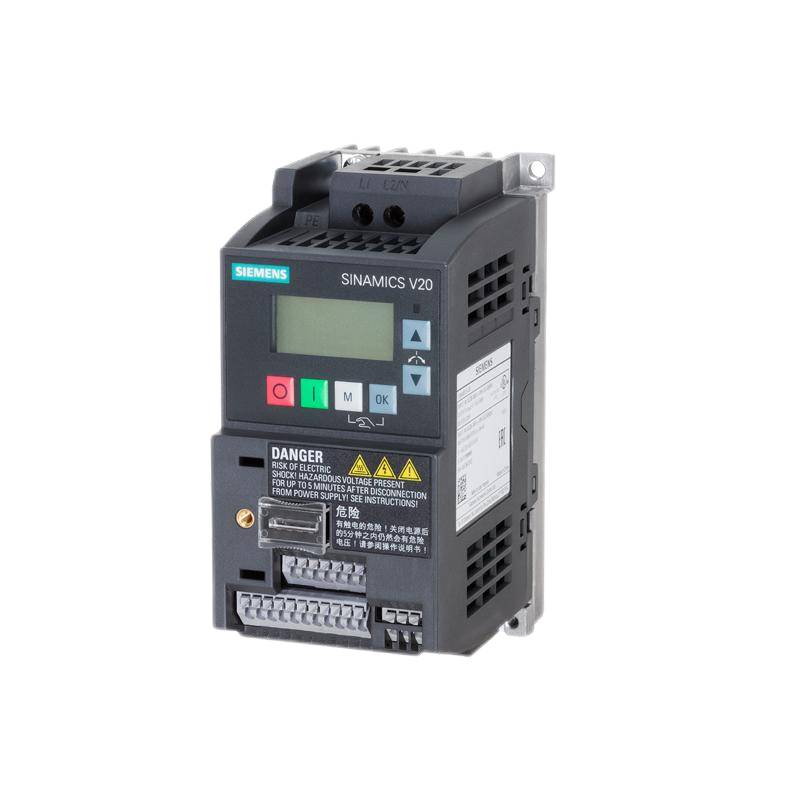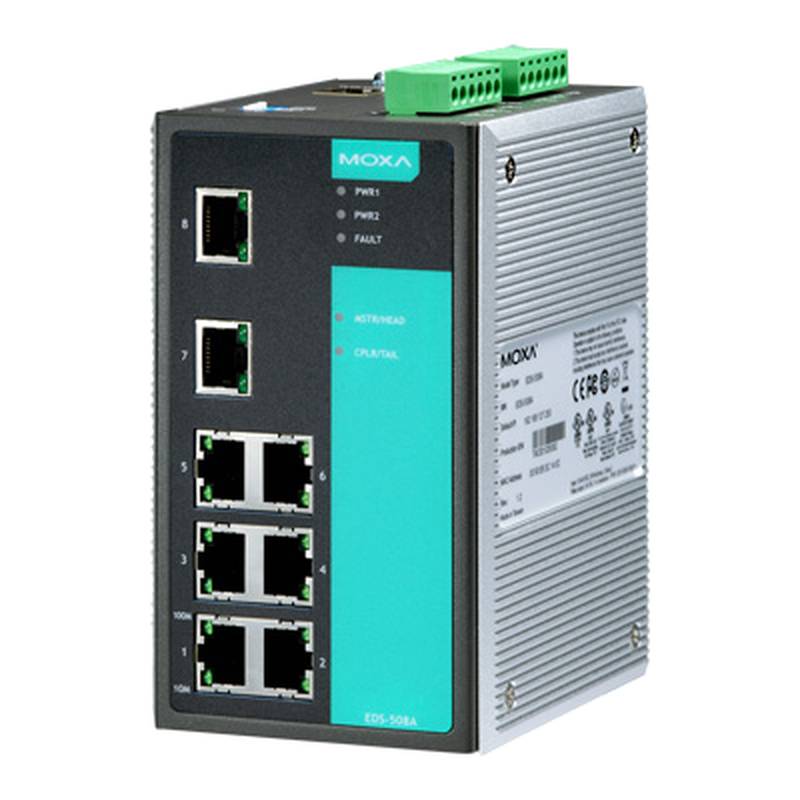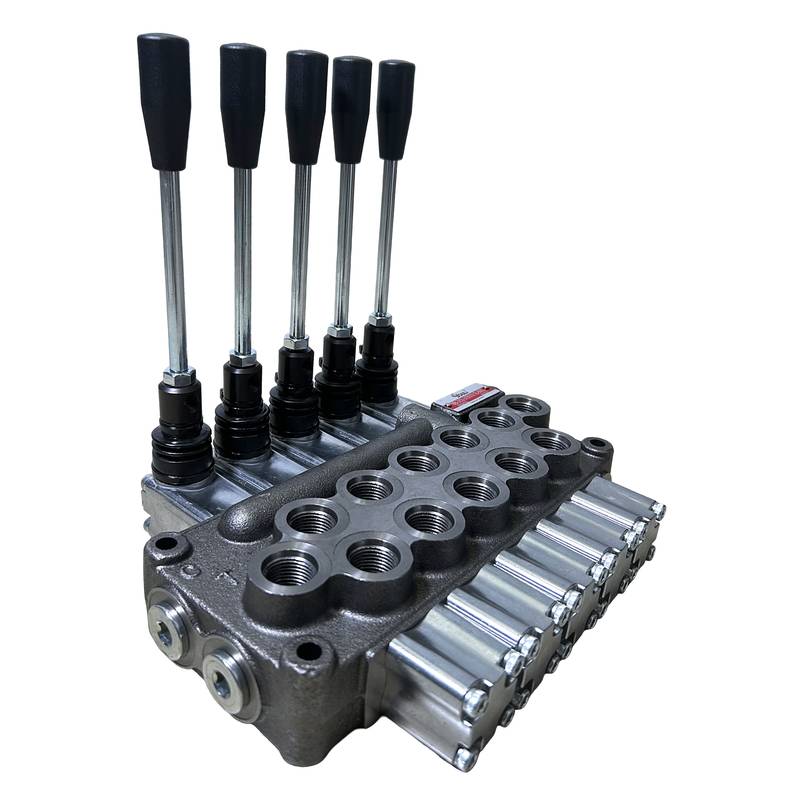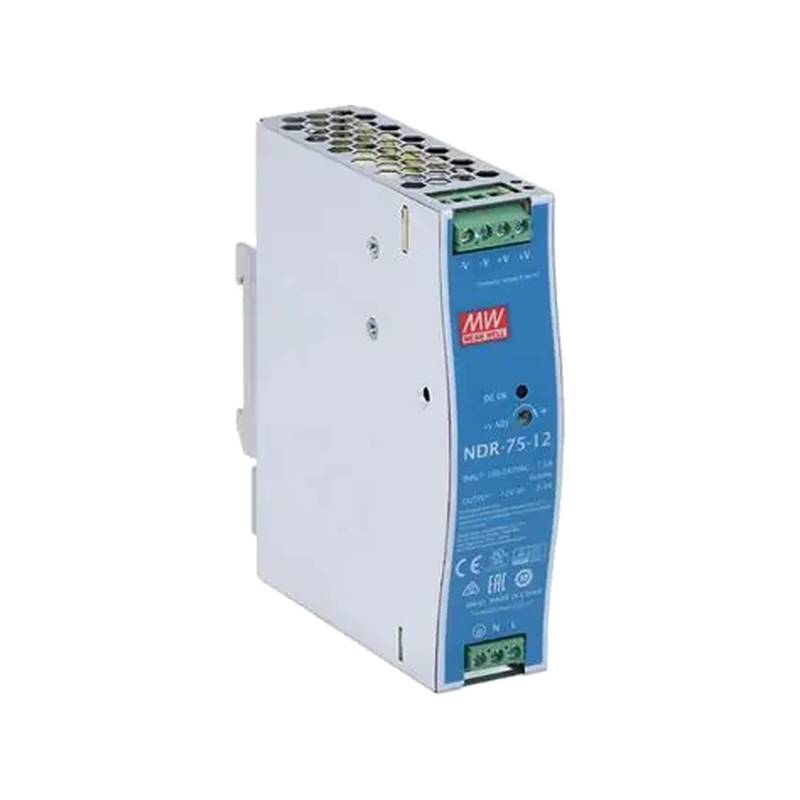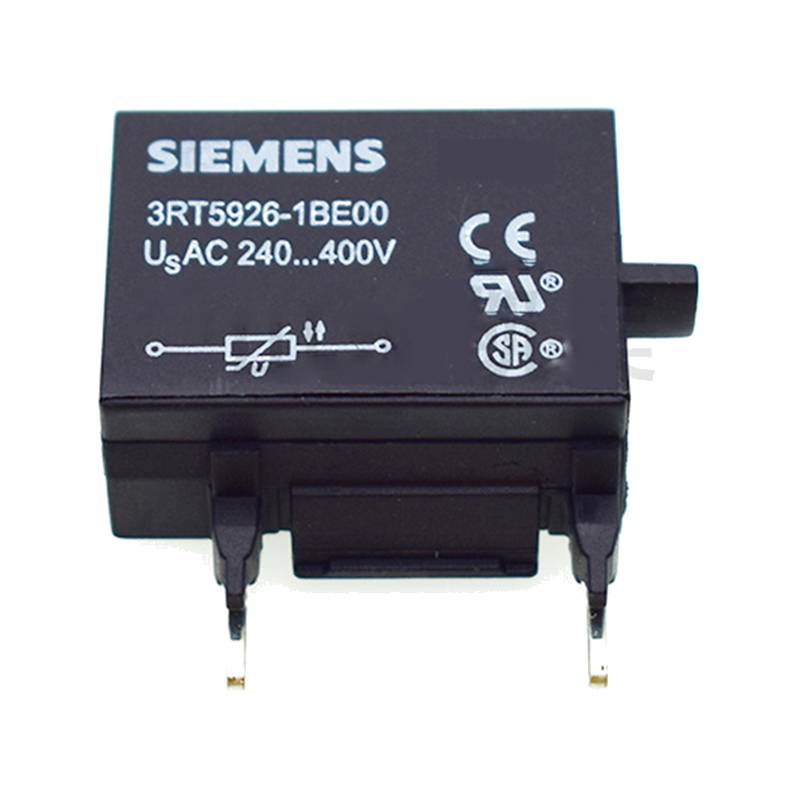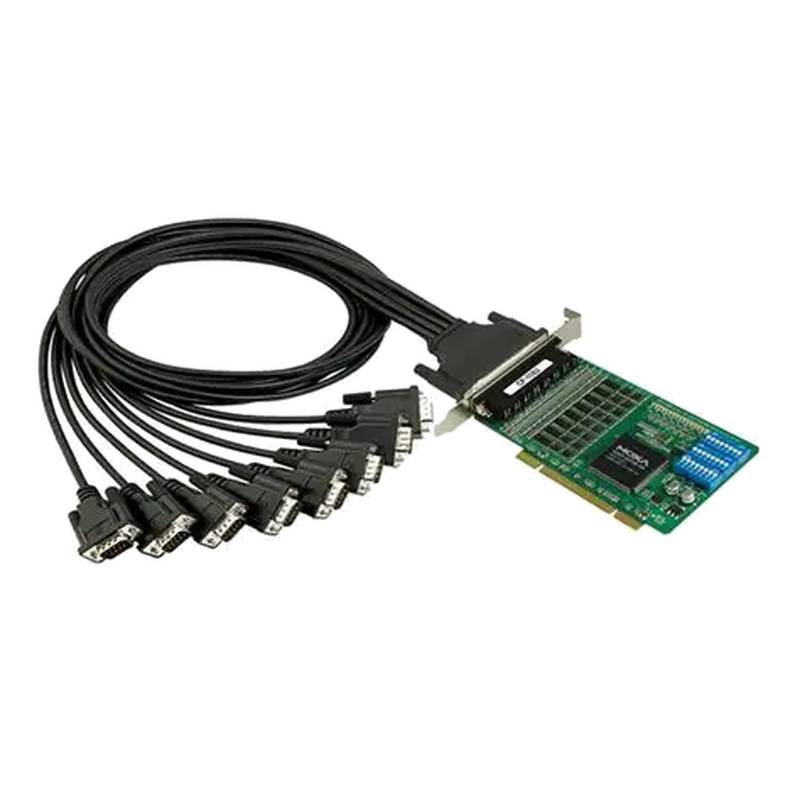
The Siemens BPZ:QAE26.91 Pt100 Industrial Temperature Sensor is a high-precision instrument engineered for demanding industrial environments. This sensor excels in delivering accurate temperature measurements, featuring a robust Pt100 sensing element for superior linearity and stability across a wide operational range. Its rapid response time ensures critical process monitoring, while the durable construction guarantees reliable performance even in harsh conditions, making the Siemens BPZ:QAE26.91 Pt100 an indispensable component for process control and automation.
Product Specifications
| Feature | Specification |
| :-------------------- | :---------------------------------------------- |
| Sensor Type | Pt100 (Platinum Resistance Thermometer) |
| Temperature Range | -50 to +250 °C (standard) / -70 to +300 °C (optional) |
| Accuracy Class | Class A (IEC 60751) |
| Element | Single, 3-wire |
| Sheath Material | Stainless Steel (e.g., 1.4571/316Ti) |
| Sheath Diameter | 6 mm |
| Immersion Length | Variable, typically 50 mm to 200 mm |
| Connection Head | Standard connection head (e.g., KTB, NK) |
| Ingress Protection | IP65 |
| Electrical Connection | Screw terminals |
| Output Signal | Resistance (Ω) |
Core Features & Market Positioning
The Siemens BPZ:QAE26.91 Pt100 distinguishes itself through its exceptional accuracy and reliability, positioning it as a premium choice for critical temperature sensing applications. Its adherence to Class A standards (IEC 60751) ensures precise measurements, vital for processes where even minor deviations can impact product quality or safety. The robust stainless steel construction, typically 1.4571/316Ti, provides excellent resistance to corrosion and mechanical stress, a key differentiator in industries with aggressive media or demanding physical environments. This durability, coupled with its high-grade Pt100 element, offers long-term stability and minimizes drift, reducing the need for frequent recalibration and enhancing overall operational efficiency. Siemens' established reputation for quality and industrial expertise further solidifies the BPZ:QAE26.91's market standing as a dependable, high-performance solution.
Key Application Scenarios
This industrial temperature sensor finds extensive application across numerous sectors requiring precise and dependable temperature monitoring. It is prominently used in chemical processing plants for monitoring reaction temperatures and controlling feedstock inputs, ensuring optimal chemical synthesis and preventing hazardous conditions. In the pharmaceutical industry, the Siemens BPZ:QAE26.91 Pt100 is critical for validating sterilization processes and maintaining strict temperature controls in sensitive manufacturing steps, safeguarding product integrity. Furthermore, it is extensively deployed in the food and beverage sector for pasteurization, cooking, and cold chain management, guaranteeing product safety and quality. Its utility extends to HVAC systems for precise climate control in industrial facilities and to power generation for monitoring turbine and boiler temperatures, contributing to operational efficiency and safety.
Practical System Integration Guidance
Integrating the Siemens BPZ:QAE26.91 Pt100 into existing industrial control systems is straightforward, leveraging standard instrumentation practices. For 3-wire Pt100 sensors, correct wiring is paramount to minimize lead resistance errors. Connect the two wires from one end of the Pt100 element to two terminals on your transmitter or controller, and connect the third wire from the other end of the element to a separate terminal. Ensure all connections are secure and insulated. When interfacing with a Siemens PLC or compatible system, the temperature transmitter associated with the BPZ:QAE26.91 will typically output a standardized signal (e.g., 4-20 mA or a digital HART signal). Configuration may involve setting the sensor type (Pt100), range, and input scaling within the PLC's programming software, such as TIA Portal, to accurately translate the resistance measurement into a usable temperature value for process control loops. Always consult the specific transmitter's manual for detailed wiring diagrams and configuration parameters.
Operation and Risk Mitigation
Operating the Siemens BPZ:QAE26.91 Pt100 requires adherence to its specified temperature limits to prevent sensor damage and ensure measurement accuracy. Exceeding the upper limit of +250 °C (or +300 °C for optional variants) can lead to irreversible changes in the platinum element's resistance characteristics, compromising its calibration. Conversely, operating below -50 °C (or -70 °C) can affect response time and potentially lead to mechanical stress if condensation freezes within the connection head. To mitigate risks associated with incorrect readings, ensure the sensor is properly immersed in the medium being measured; inadequate immersion can lead to inaccurate ambient temperature influence. Regular visual inspection for physical damage to the sheath or connection head is recommended. In the event of persistent, implausible readings or system alarms, typical troubleshooting involves checking wiring integrity, verifying transmitter calibration, and confirming that the sensor's operational parameters fall within its designed specifications.
Scalability & Long-Term Value
The Siemens BPZ:QAE26.91 Pt100 offers significant scalability and long-term value within industrial automation frameworks. Its compatibility with a wide range of transmitters and control systems, including Siemens' own SIMATIC S7 PLCs and advanced process control software, allows for seamless integration into both new and existing infrastructure. This broad compatibility ensures that as a plant's automation strategy evolves, the BPZ:QAE26.91 can remain a core component. The sensor's inherent stability and durability contribute to a low total cost of ownership by minimizing maintenance and replacement cycles. Furthermore, its robust design and high-accuracy performance make it suitable for future integration into Industrial Internet of Things (IIoT) platforms, where precise, reliable data streams are essential for advanced analytics, predictive maintenance, and digital twin applications.
Frequently Asked Questions
What is the typical response time of the Siemens BPZ:QAE26.91 Pt100?
The response time is influenced by immersion depth and medium.
A faster response is achieved with greater immersion and in conductive media.
Typical T90 response times can range from a few seconds to under a minute.
How do I wire a 3-wire Pt100 sensor like the BPZ:QAE26.91?
Connect two wires from the sensor to two terminals on your transmitter.
Connect the third wire from the sensor to a separate terminal on the transmitter.
This configuration compensates for lead wire resistance variations.
What is the meaning of Class A accuracy for the BPZ:QAE26.91?
Class A indicates adherence to IEC 60751 standards for accuracy.
This provides a defined tolerance band for temperature readings.
It ensures reliable and repeatable measurements for critical processes.
Can the Siemens BPZ:QAE26.91 be used in hazardous areas?
This depends on the specific model and certification.
Ex certifications like Ex d or Ex ia are required for hazardous zones.
Always verify product documentation for intrinsic safety or explosion-proof ratings.
What maintenance is required for the BPZ:QAE26.91 Pt100?
Regular visual inspections for damage are recommended.
Periodic calibration checks ensure ongoing measurement accuracy.
Ensure the connection head remains sealed against environmental ingress.
How does the temperature range of the BPZ:QAE26.91 compare to other sensors?
It offers a standard industrial range of -50 to +250 °C.
Optional variants extend this to -70 to +300 °C.
This covers most common industrial process temperature requirements.
What are the benefits of using a Pt100 sensor over a thermocouple?
Pt100 sensors offer higher accuracy and better long-term stability.
They provide a more linear output over a wider temperature range.
Thermocouples are generally more robust and faster responding at extreme temperatures.
How do I protect the BPZ:QAE26.91 from vibration?
Ensure proper mounting and secure the sensor to prevent movement.
Consider using vibration damping materials if extreme vibration is present.
The robust construction helps withstand moderate industrial vibrations.
What is the role of the connection head on the BPZ:QAE26.91?
It houses the electrical connection terminals.
It provides environmental protection, typically IP65 rated.
It allows for easy access for wiring and maintenance.
Can the BPZ:QAE26.91 be used with any temperature transmitter?
It is compatible with most transmitters accepting Pt100 inputs.
Siemens transmitters offer optimized integration and diagnostics.
Always check compatibility specifications for non-Siemens equipment.
















